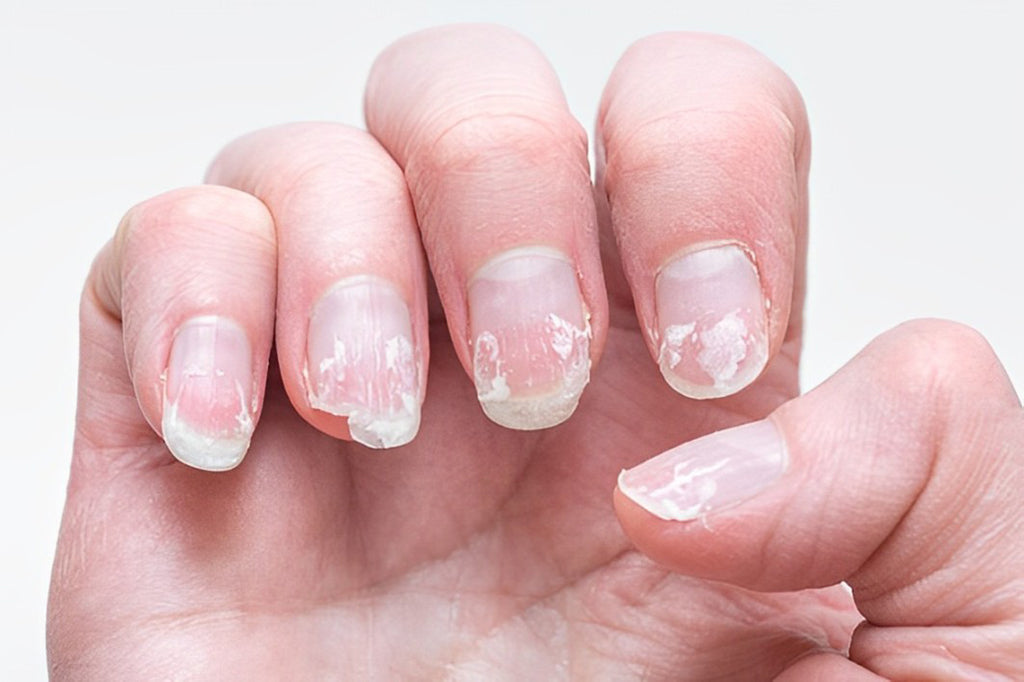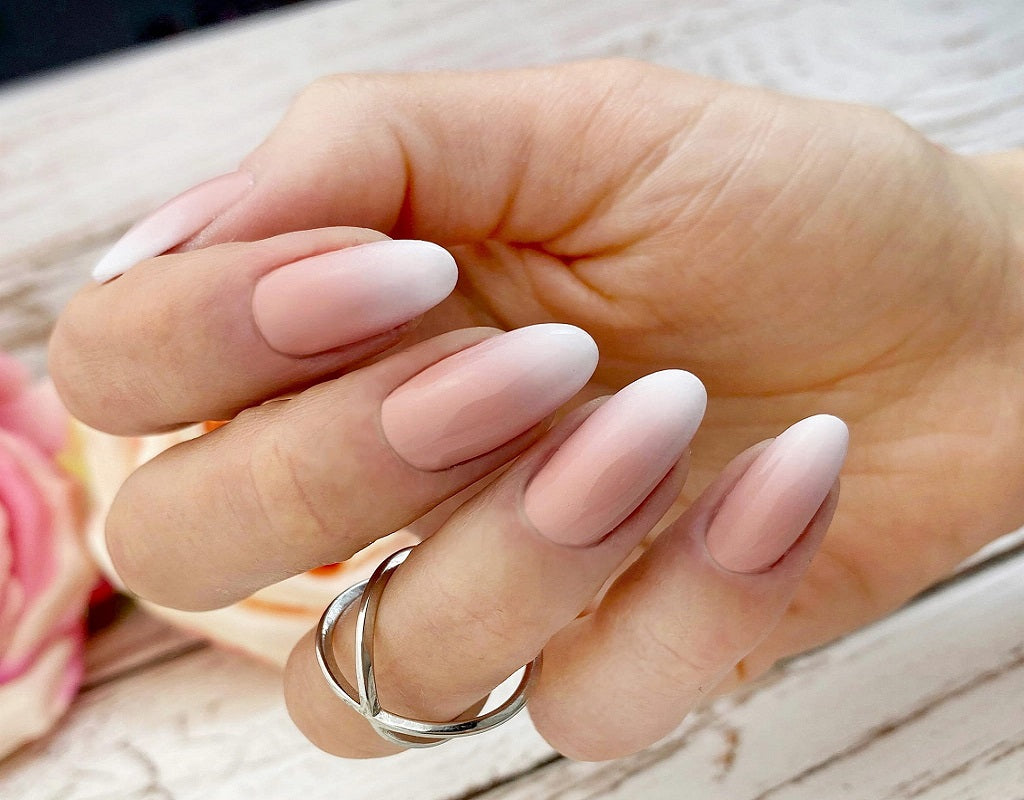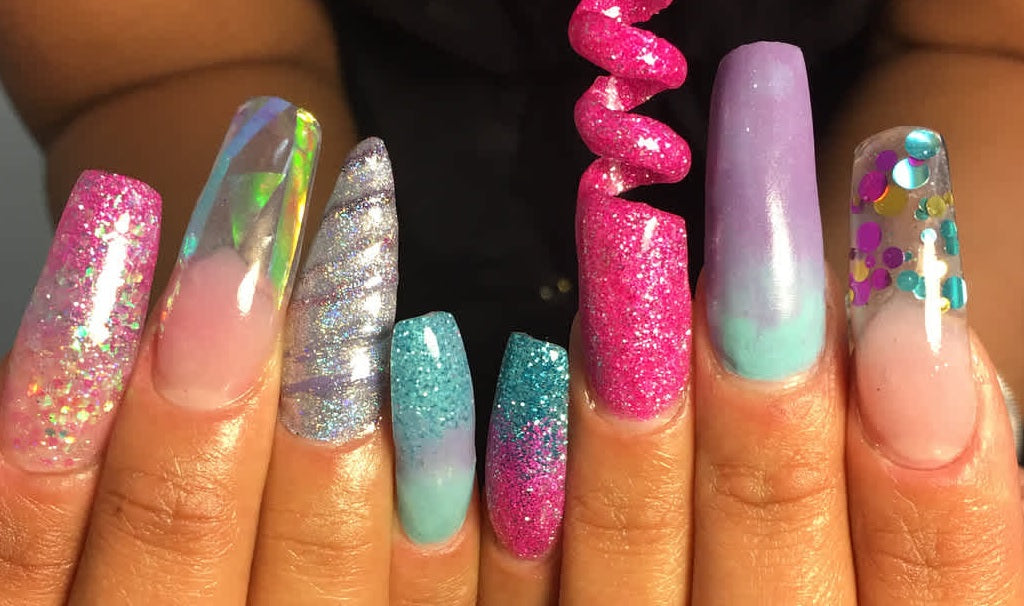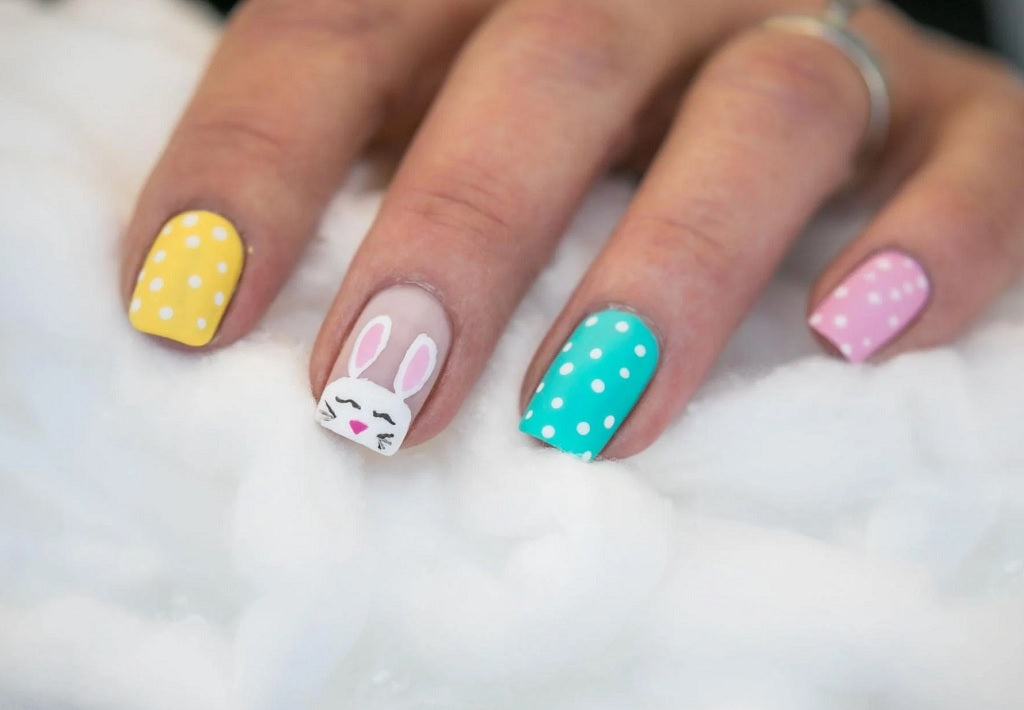Common Nail Diseases & How to Handle Them

We know that taking care of your nails is an integral part of your self-care routine, and it's not just about keeping them looking pretty. Your nails can tell a lot about your overall health. Sometimes, they develop diseases or conditions that need attention. Don't worry - most nail diseases are easily treatable when caught early. In this article, we'll review some of the most common nail diseases and how to handle them. Soon, you'll be a pro at spotting any potential issues and taking action to keep your nails healthy and strong.
When to See a Doctor about Your Nails
Of course, not all changes in your nails are cosmetic. Some might be a sign of an underlying medical condition that needs attention. So, if you notice white or dark streaks or other changes in nail color, pitting, curling, or thickening nails, it's essential to see your doctor. Additionally, if a nail comes loose or you develop bleeding, redness, or swelling around your nails, especially if there’s pus, please get medical attention. These changes in your nails can be caused by various medical conditions, some of which we'll discuss below.
Nail Fungal Infections
If you've ever had a thick, discolored, and brittle nail, you might be dealing with a fungal infection. In fact, nail fungal infections are the most common diseases of the nails, affecting around 10% of the adult population. These infections occur when fungi get trapped between the nail and the nail bed. While both fingernails and toenails can be affected, fungal infections are more common in the toes.
Some common causes include salon manicures and pedicures or frequent exposure to moisture, like having sweaty feet. However, it's worth noting that fungus under the nails is often not painful, so you might not get a warning. It's vital to look out for any changes in the appearance of your nails when you change up your mani.
How to Clear up a Nail Fungus Infection
If you suspect you have a fungal infection, it's crucial to seek treatment right away. Treatments typically involve antifungal medication, either topically or orally. Prescription oral medications such as Lamisil and fluconazole (Diflucan) can take up to four months to get rid of the fungus as the nail grows out uninfected.
Topical treatments might not be as effective or may take longer to resolve the problem. They include creams and special antifungal nail polish. Home remedies that have shown promising clinical results are Vicks VapoRub and oregano oil.
In the end, the key is to prevent the infection in the first place. Try keeping nails dry and clean, sanitizing manicure and pedicure tools, and refraining from picking or biting nails.
Sanitize Manicure and Pedicure Tools to Prevent Nail Diseases
Rubbing alcohol and Barbicide are easy ways to keep clippers, nippers, and cuticle pushers germ-free. Clean off debris, soak the tools for at least five minutes, and allow them to dry completely before storing them in a clean place. If your tools are rusty or dull, repair or replace them.
Barbicide

Paronychia (Pronounced “pah-ro-NEE-kee-ah”)
Paronychia is an infection that causes redness, tenderness, and swelling around the edges of a nail. It can be chronic or acute as a response to an injury. Some people are more at risk of developing paronychia, like those with jobs with frequent hand-washing or people with poor circulation, diabetes, or weakened immune systems. Symptoms include swelling, pain, redness, pus, and sometimes lifting of the nail from the bed.
Treatment for Paronychia
comprise warm compresses, antibiotics, corticosteroids, or surgery. If you suspect you have paronychia, it's imperative to consult with a doctor for accurate diagnosis and treatment. And to reduce the risk, it's essential to moisturize after washing hands, avoid chewing nails and sucking on fingers, and be careful when cutting nails.
Keep Nails Strong with Nail Treatments

Keep a supply of essentials on hand like cuticle oil, nail strengthener, and antifungal treatment.
Onychoschizia (“on-oh-ko-SKIZ-i-yah”) or Brittle Splitting Nails
This is an issue that can affect both fingernails and toenails. The nails weaken and become soft, usually due to repeated wetting and drying. However, other factors like a lack of iron or illness can contribute to the problem. According to the American Osteopathic College of Dermatology, if the cause is internal, such as an underlying illness or deficiency, both fingernails and toenails will typically be affected.
How to Fix Brittle Nails
One of the most effective remedies is to use moisturizer and keep the nails protected from repeated siaking in water and exposure to chemicals. Try using non-acetone polish remover, for example, to prevent dehydration.
Nail Psoriasis
When psoriasis affects the nails, it causes pitting, denting, changes in color, and crumbling. There may be blood under the nails, or the nail may lift. The wise option is to seek medical care. You may need prescription corticosteroid cream, steroid injections, or laser treatment to solve this nail disease.
Ingrown Toenails
An ingrown toenail is painful and may need surgery if it becomes infected. It occurs when nails aren’t correctlyimportant trimmed or when they are cut too short, and the nail grows into and under the skin. Some people are genetically prone to ingrown nails. Others may suffer this condition when their toe is injured, or they have pressure from wearing tight socks or shoes.
The symptoms are similar to paronychia and include swelling, tenderness, redness, and possibly pus. The treatments include soaking the nail in warm water 3 to 4 times daily and using more comfortable, spacious shoes or sandals.
Conclusion
Nail diseases are unsightly and often painful, but they can be resolved. It’s possible to handle common nail conditions with simple treatments, especially if you monitor your nail health. Inspect your nails during each manicure or pedicure, sanitize your tools, and be kind to your hands and feet.
We’re pleased you stopped by to learn more about taking care of your nails. You’re invited to have a sneak peek at what’s trending in the nail world and enjoy deep discounts on hot products, including free shipping!
Source:
https://www.medicalnewstoday.com/articles/nail-diseases-chart



